Introduction:
What makes your sewing machine needle important
In sewing everything has a significance, the cloth that you work on as well as the stitch used. The needle is however one of the least discussed parts of any sewing machine. Most starters tend to neglect the need to choose a high-end machine because they do not remember that the mixed needle can put the finest machines to shame.
The thread and the fabric are linked by the needle. With the wrong type, size, or brand you face the hazard of:
Missed stitches
Color breakage
Puckering of fabrics
Irreparable damage on your material
Jamming and time problems
Have you ever had the unpleasant experience of getting frustrated about lumpy stitches or the irritating phenomenon of having the threads knotting up on my needle, well… the trouble could lie within your needle itself. No matter what you are quilting, or sewing denim, or silk, it is imperative that you use the proper sewing machine needle in order to get clean professional sewing.
Chapter 1 The Sewing Machine Needles.
Simple needle structure Basic Needle Anatomy
Before we get into brands and types, however, we must know the terminologies of A sewing machine needle:
Shank: That bit on the top that goes in your sewing machine. Normally one side is flat.
Shaft- the needle; the shaft.
Groove: is a groove on the needle down which the thread is driven.
Eye: hole through which the thread goes.
Point: The tip, which jabs through the cloth.
Needle Size In Jargon
The size of needles may be confusing as they are both given in both imperial and in metric.
For example: 60/8 it is suitable to sensitive fabrics 80/12
is the common size used in general sewing 100/16 is appropriate to heavier materials such as denim or canvas It is the lower number that represents the American system and higher is the European measurement.
Chapter 2: Optimal kinds of Sewing Machine Needles in 2025 1.
Universal Needles Woven and knit fabrics Brands associated:
Schmitz, Organ, Singer Why:
They come with a slightly rounded tip which fits various fabrics.
2. Ballpoint Needles Most good: Knits and stretchy fabrics Brands:
Schmitz Ball Point, Klassen Jersey
Why: This rounded point does not cut fabric; it pushes the threads apart, and so avoids snagging.
3. Needles(sharps)Microtext Suits:
silk, microfiber and fabrics with a tight weave Best brands: Schmitz microtext, Organ sharp Why: They have a sharp point that can make the stitches very sharp and create little damage.
4. Denim/Jeans Needles Best on:
Denim, canvas or highly woven clothing Proposed Brand: Schmitz Jeans, Klassen Denim Why: The shaft is firm and will not bend and break.
5. Leather Needles
The leading Brands are Singer Leather, Schmitz Leather.
Why: The wedge shaped end penetrates solid material.
6. Twin Needles Best used to:
Decorative stitching or hemming Hint:
check that your machine is capable of using twin needles.
7. Embroidery Needles Suitable to:
Embroidery yarns and motifs Why:
Greater eye and special groove are to prevent shredding of thread.
8. Quilting Needles Quilting layers and batting best considered:
Why: Intended to have minimal motion of the fabrics and non-skip stitches.
Chapter 3: Best Brands Sewing Needles 2025
1.Scheetz Needles It is one of the most respectable brands on the planet. Spirited (known to be consistent, available in a lot of styles).
2. Organ Needles Popular with home users, and already used widely in industrial machines.
3. Klassen Surfaces designed to serve novices, and those sewing attires at home. They also have a variety of sizes and they are sold as a kit.
4. Singer Needles Ready to hand and suitable to Singer sewing machines.
5. Janome Needles Modes Janome specific, though will work in the majority of domestic machines.
The fourth chapter is called How to Choose the Right Needle to be Used with your Fabric. Fabric Type Type of Needle to be used
Size Cotton universal 70/10 90/14
Denim Jeans/Denim 90/14 -110/18
Silk Microtext/Sharps 60/8 – 70/10
Knit/Jersey Ballpoint 75/11 – 90/14
Leather Leather/Wedge Point 90/14 -110/18
Embroidery Fabric Embroidery Needle 75/11 – 90/14
Fleece Stretch or Jersey 75/11 – 90/14
Ch 5: How to adjust your needle and replacing you needle correctly
How Often Should You Change Your Needle?
During 6 8 hours of sewing
In case of skipping stitches in fabric
When you hear the sounds of thudding
When the thread breaks very often
Change of Needle How to Change the Needle
Turn off the machine.
The needle clamp screw should be loosened using a screwdriver or by hand.
Pluck out the old pin.
Put in the new needle flat side towards the back.
Then push that into the shaft.
Screw the clamp within reach.
The needling is adjusted.
A little lateral movement of the needle is possible by modern machines. In case you are not aligning your stitches:
Stitch your machine left, center or right to move the needle.
A scrap fabric should always be tested on.
Chapter 6: Needle Problems Troubleshooting
Issue: Missed Sewing
Use a different needle.
Make sure it is of the correct kind to the fabric.
Re thread the machine.
Issue: Break in Thread Frequent
Do it with a larger eye needle.
Look out whether there are burrs or bends on the needle.
The Problem: Drawing of the Fabric
Use sharp needle such as Microtext.
Lower the pressure of a presser foot.
Needle Breaks Often
Reduce the rate of your work when sewing.
Do not to pull the fabric during sewing.
In case of big hole, use a thick needle.
Chapter 7: Suggestions to keep long-lasting needles and machines
Having extra needles ready in label containers.
Clean your needle shaft before stick to avoid the build up of residue.
Do not transfer needles that are spoiled or rusted.
To avoid corrosion, store needles at a cool dry area.
Make sure you use the right tension of bobbin and thread that helps in easy stitching.
Conclusion:
Although a sewing machine needle is a small part, it may be the solution that will enable you to get a perfect and professional result. When it comes to quilting, tailoring and embroidering, it becomes very important to have the right size and type of needle.
In the year 2025, numerous great brands and needles that offer specific functions will be at disposal to suit every purpose of sewing.
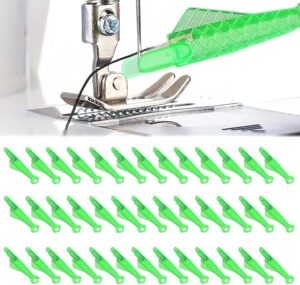
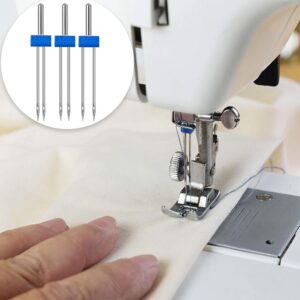
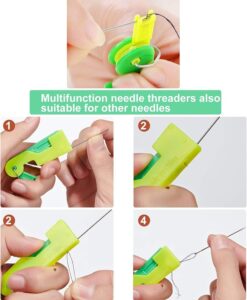
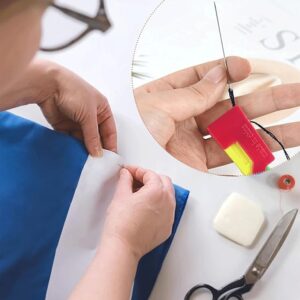
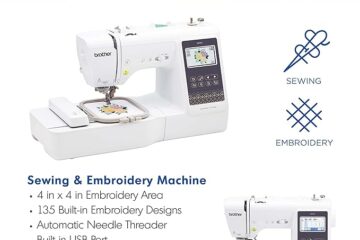
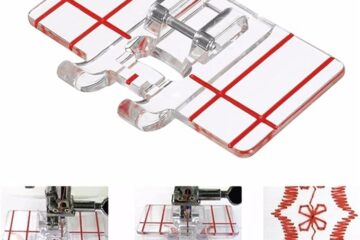
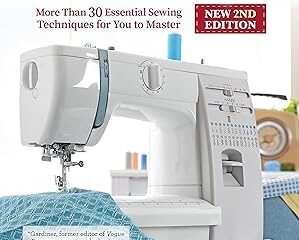
0 Comments